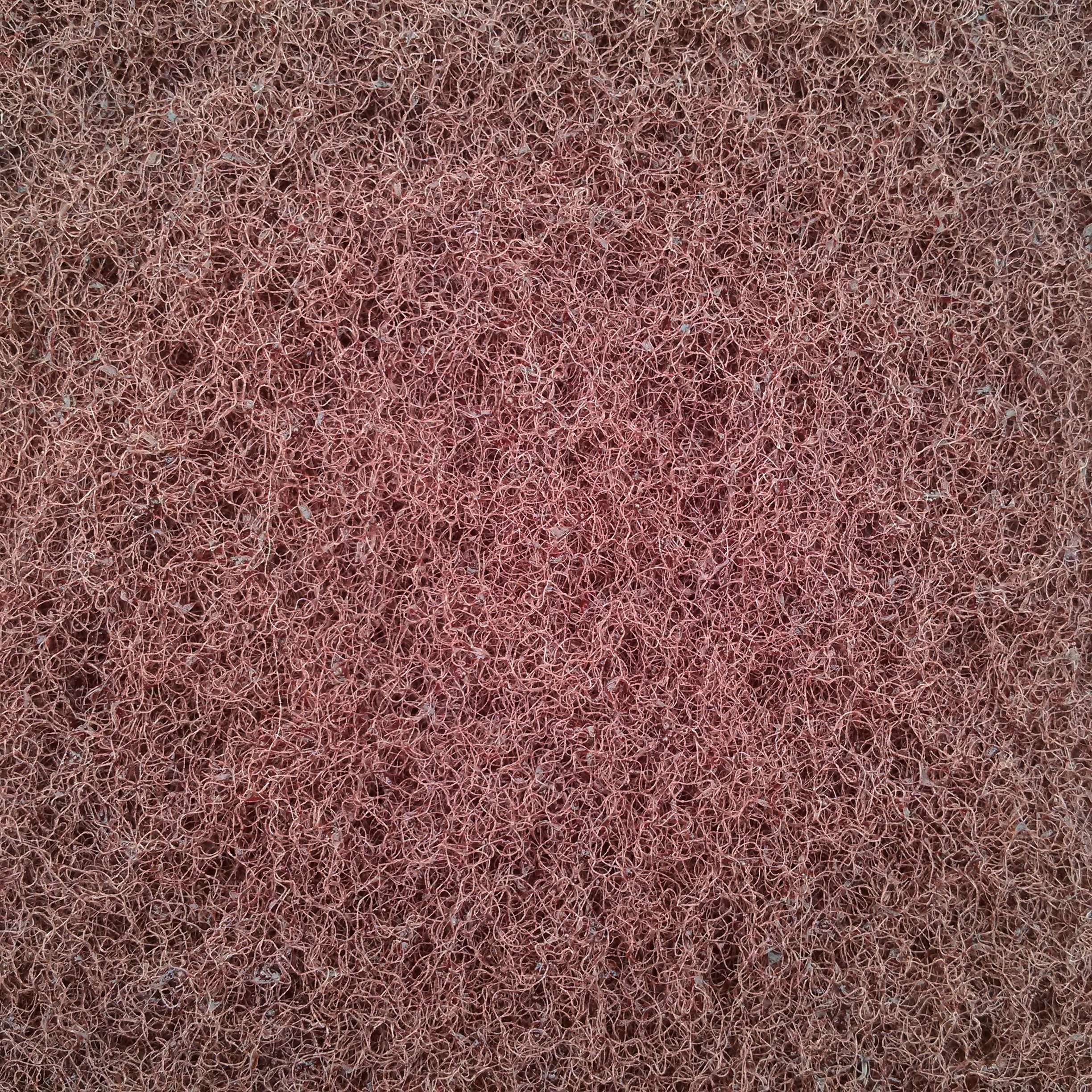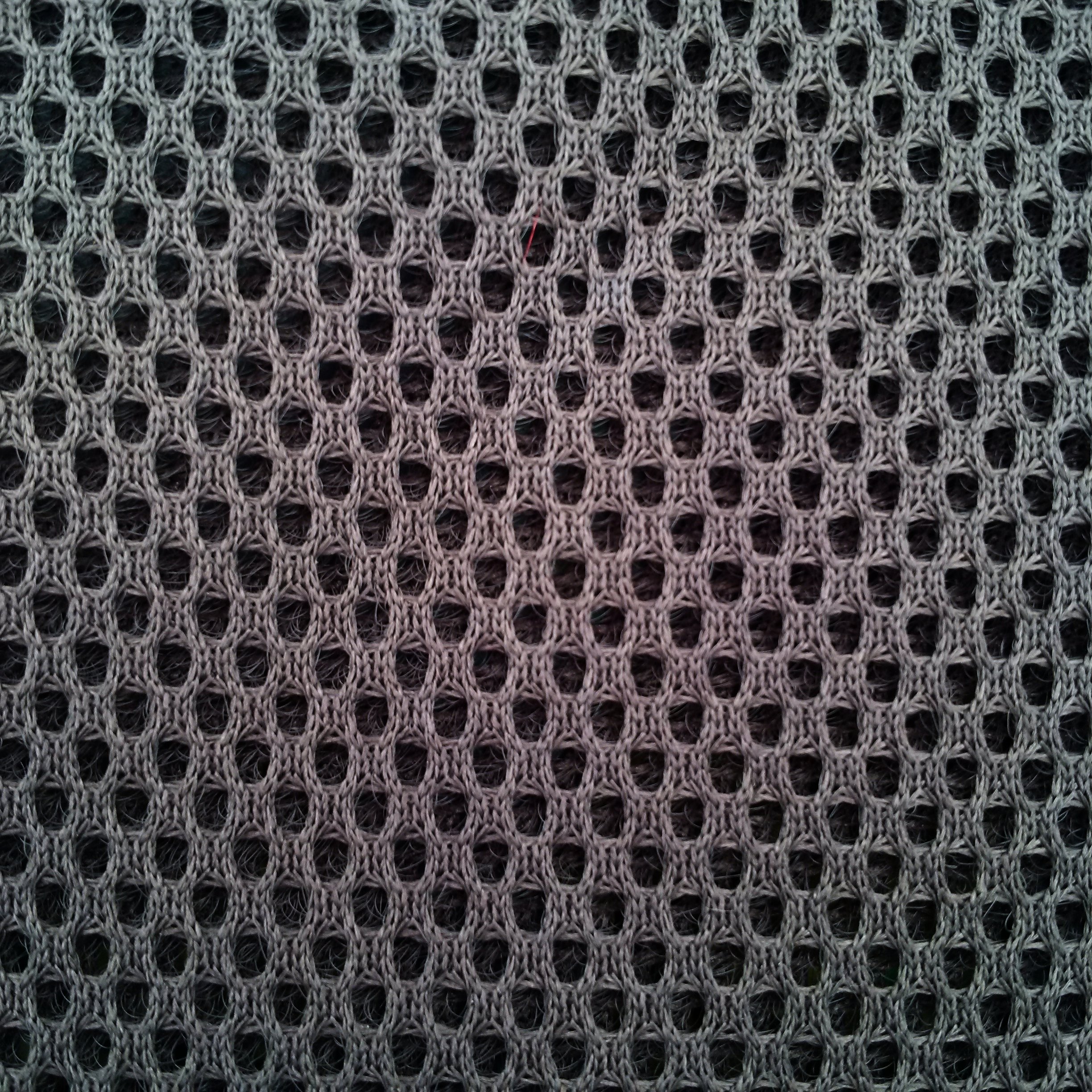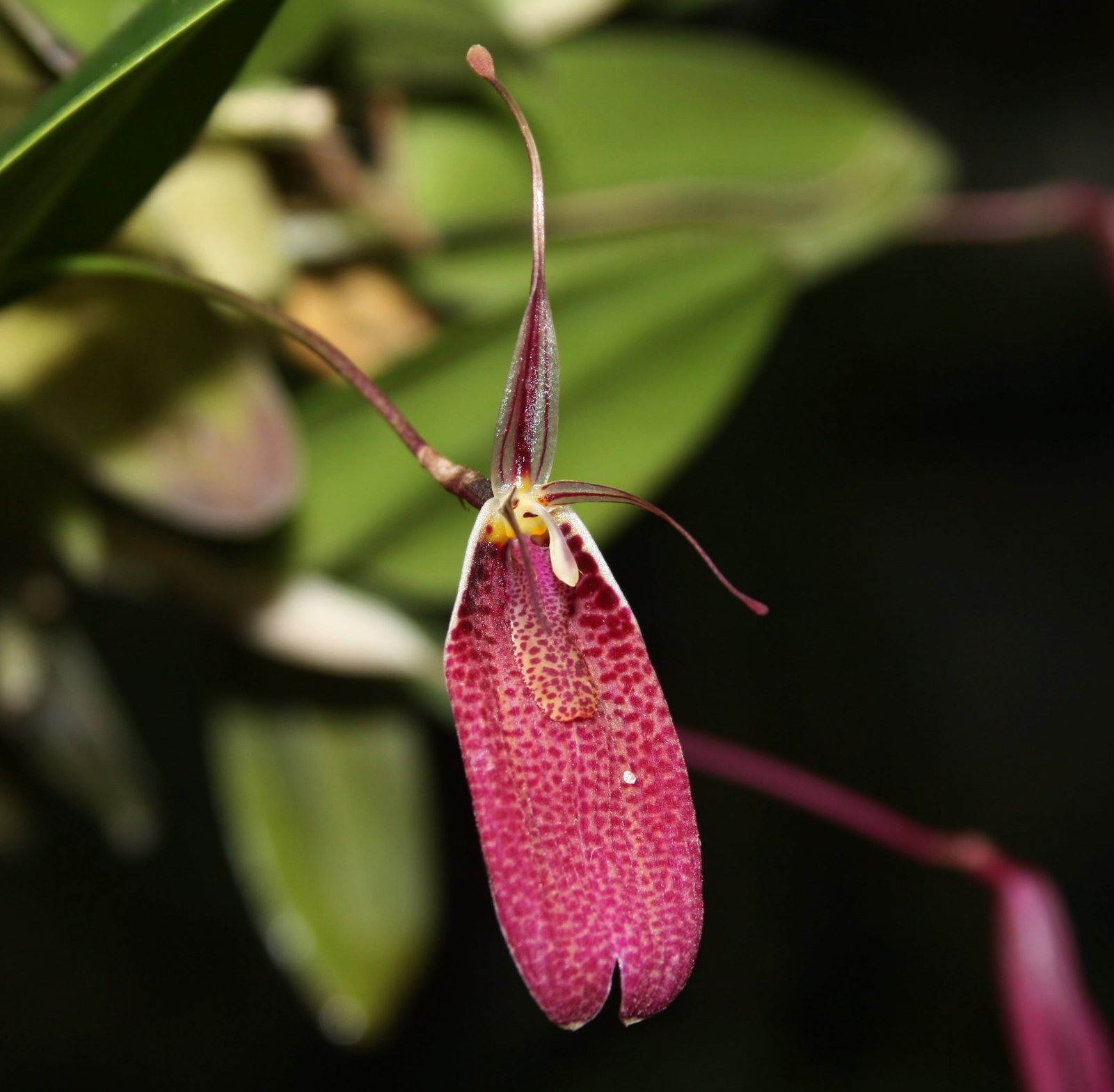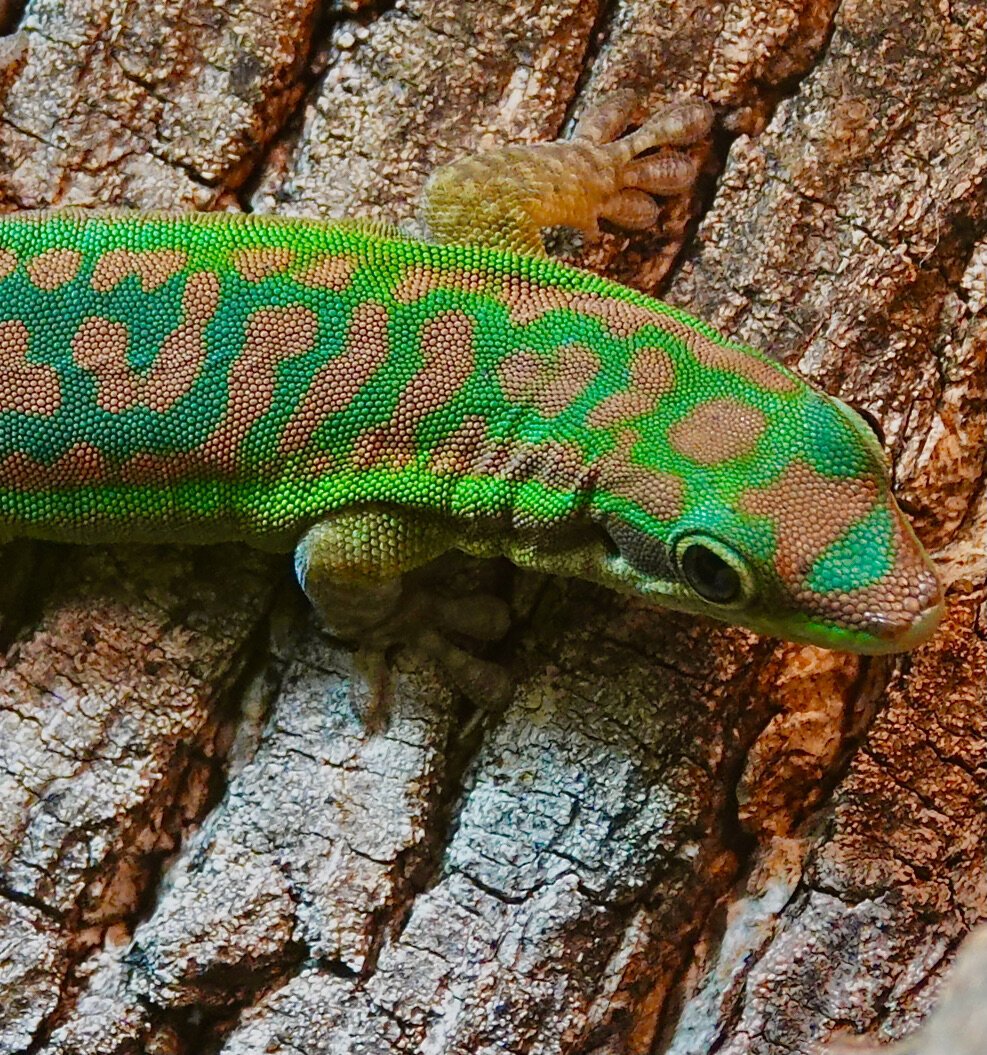El Brancho - a simple build to display cool-growing miniatures
Project: "El Brancho"
by Peter Rockstroh
For my second experimental vivarium in Colombia I wanted to create the illusion of a mossy branch segment covered with miniature native orchids and bromeliads floating in mid-air against a black background. Me being me, instead of doing the smart thing, which was to hop into my car and drive just outside the city and collect a nice-looking, windfallen epiphyte-laden branch and suspend it with high-test fishing line against a black background, I decided to *make* an articial epiphyte-laden branch and to suspend it in a clear container.
After considering several design ideas, after a few days I came up with one that I thought would work. For this project I first built a 24"/60 cm cube acrylic box incorporating a water reservoir underneath, transparent side panels and a black background. A pair of holes were drilled on each side of the cube to vent the inside of the mount. Two synthetic imported materials (Hygrolon and EpiWeb) that are widely-used by terrarium designers in the EU were selected for main growing surfaces. Illumination was to be provided by twin 12" x 24"/30 x 60 cm LED ceiling lights.
The core of the "El Brancho" was actually a "U"-shaped length of transparent acrylic to act as an aerial reservoir (see image below left). A jigsawed cork tube channel was attached to the the acrylic channel with spray insulation foam. It was then covered with pieces of EpiWeb to fill in gaps, then finally draped with a Hygrolon sheet that was glued to the upper surface of the mount. I inserted several strips of the same material, hung into the acrylic reservoir to act as wicks.
Detail images of the structure of two European-source synthetic materials popular with custom terrarium designers in the EU that I used in this build, EpiWeb (left) and Hygrolon (right).
To cloak the Hygrolon with natural-looking, living base layer, I wanted to establish a thick terrestrial moss colony. I began by preparing a slurry from roadside mosses that I had collected near my home. I selected a handful of the most attractive-looking of the bunch, cleaned the dust and dirt from it by shaking and rinsing, and then put it into a food blender with a cup of distilled water.
I painted the Hygrolon sheet with the resulting slurry and watered it frequently with pure water for a month before beginning to plant it. It is truly amazing to witness how a dark green clump of undifferentiated "goo" becomes, under good light and regular watering, a totally different organism that was quite beautiful to look at. After six weeks it had transformed into a lush, light green carpet, almost 1"/2.5 cm high.
On top of the moss colony, I then added a few strands of Spanish moss (Tillandsia usneoides-a bromeliad), several small soft-leaf tank bromeliads (Neoregelia schultesiana and Tillandsia spp.), two native pleurothallid orchids (Restrepia spp.), some tassels of the epiphytic moss (Rhacomitrium sp.), an epiphytic fern (Dicranoglossum sp.) a trio of (Psygmorchis sp.) miniature fans and a single Brazilian Sophronitis (Cattleya) coccinea orchid. I watered the branch copiously over the next two months prior to taking the images shown below. Over the following six months I added a few other small orchid species and small bromeliads to fill out the branch. Finally, I installed an automatic-controlled, constant drip irrigation system above the branch. Last Christmas (2017), I gifted it to a friend who now has it on display in his living room in Bogotá.
While I enjoyed the design, development and experimentation involved with this concept, I would now certainly change it for my next project. I wouldn't bother constructing an artificial branch, but rather collect a nice-looking hardwood branch and, after cleaning and preparing it, glue Hygrolon strips on it where I would want some thick patches of moss established. I would definitely increase the size of the display and build a long box with more panoramic proportions, i.e. 5' x 18" x 18"/160 cm x 45 cm x 45 cm, as well as install a timer-controlled overhead misting system from the outset. A long branch would give me more space to play with and make a far more elegant-looking and interesting display than the cube design shown here.
As for the fake "brancho" made of transparent acrylic and cork bark? This turned out to be a very bad idea. Excess light and water produced algal blooms that were a gigantic pain to control and clean. Although the Hygrolon wick system worked as planned, "El Brancho" still needed constant misting or the tips of the mosses on it dessicated and tip-burned in short order.
All content ©Exotica Esotetrica LLC® 2018-2025 and ©Peter Rockstroh 2018
Follow us on:











